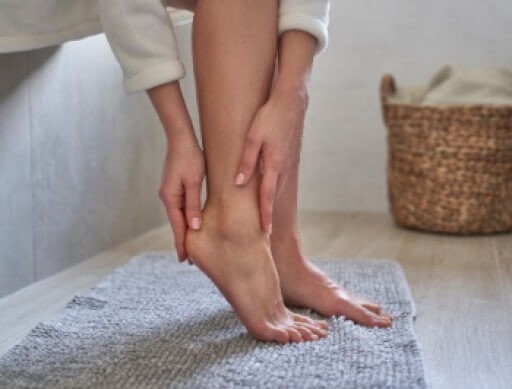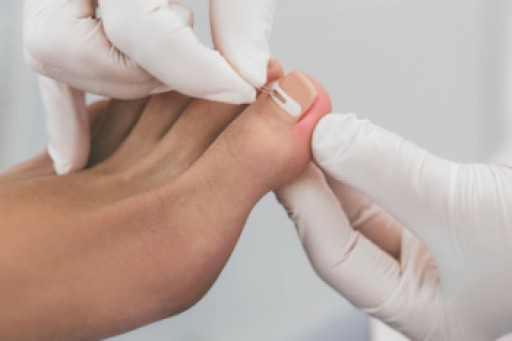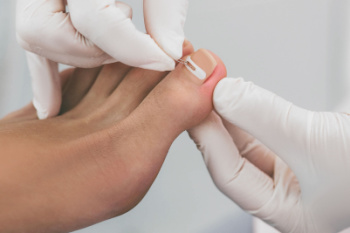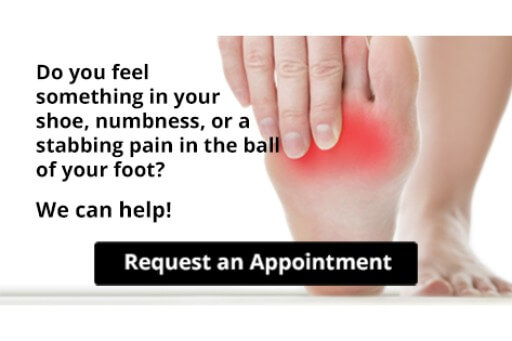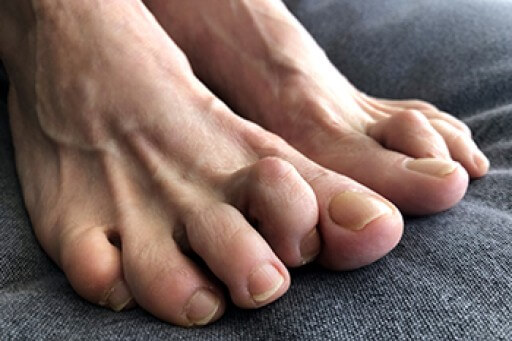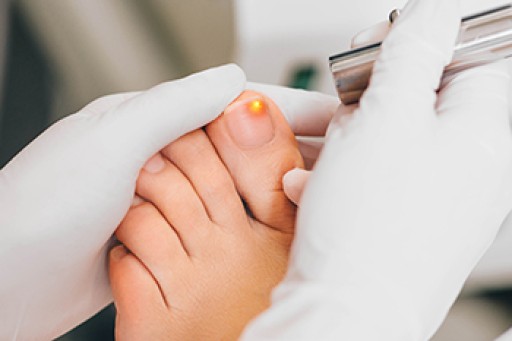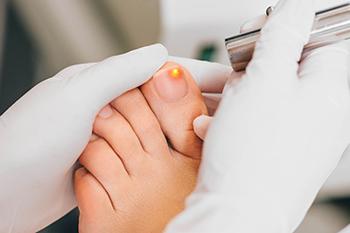
Hansen's disease, commonly known as leprosy, is a bacterial infection caused by Mycobacterium leprae. One of its hallmark symptoms is the loss of sensation in various parts of the body, including the feet. This sensory loss occurs due to the bacteria's damaging effects on peripheral nerves. As the disease progresses, it can lead to nerve damage and the loss of the ability to feel pain, temperature changes, and touch in the affected areas, including the feet. This sensory impairment can result in injuries and wounds going unnoticed, which may lead to secondary infections and complications. The loss of sensation in the feet is particularly concerning because it can hinder mobility and self-care, making early detection and treatment crucial in preventing severe deformities and disabilities associated with Hansen's disease. Creating orthotics for individuals without sensation requires extra care as they cannot provide feedback on fit and comfort. Frequent skin inspections are necessary to prevent irritation and skin breakdown. Custom orthotics can be made by molding the material directly to the patient's foot. Contours may be added for pressure relief, and localized relief can be achieved with various tools. Monitoring foot health closely with new shoes and orthotics is vital, looking for signs of redness, temperature changes, calluses, swelling, pre-ulceration, or recurrent ulcers. Prompt attention to pressure signs helps prevent ulcers. Orthotic selection depends on the degree of sensation loss, deformity, ulceration, and callus development. If you have Hansen’s disease and you have a loss of sensation in your feet, it is suggested that you make an appointment with a podiatrist to discuss whether orthotics can help you.
If you are having discomfort in your feet and would like to try orthotics, contact one of our podiatrists from Greater Boston Foot Care, PLLC. Our doctors can provide the care you need to keep you pain-free and on your feet.
What Are Orthotics?
Orthotics are inserts you can place into your shoes to help with a variety of foot problems such as flat feet or foot pain. Orthotics provide relief and comfort for minor foot and heel pain but can’t correct serious biomechanical problems in your feet.
Over-the-Counter Inserts
Orthotics come in a wide variety of over-the-counter inserts that are used to treat foot pain, heel pain, and minor problems. For example, arch supports can be inserted into your shoes to help correct overarched or flat feet, while gel insoles are often used because they provide comfort and relief from foot and heel pain by alleviating pressure.
Prescription Orthotics
If over-the-counter inserts don’t work for you or if you have a more severe foot concern, it is possible to have your podiatrist prescribe custom orthotics. These high-quality inserts are designed to treat problems such as abnormal motion, plantar fasciitis, and severe forms of heel pain. They can even be used to help patients suffering from diabetes by treating foot ulcers and painful calluses and are usually molded to your feet individually, which allows them to provide full support and comfort.
If you are experiencing minor to severe foot or heel pain, it’s recommended to speak with your podiatrist about the possibilities of using orthotics. A podiatrist can determine which type of orthotic is right for you and allow you to take the first steps towards being pain-free.
If you have any questions please contact our office located in Plymouth, MA . We offer the newest diagnostic and treatment technologies for all your foot and ankle needs.

